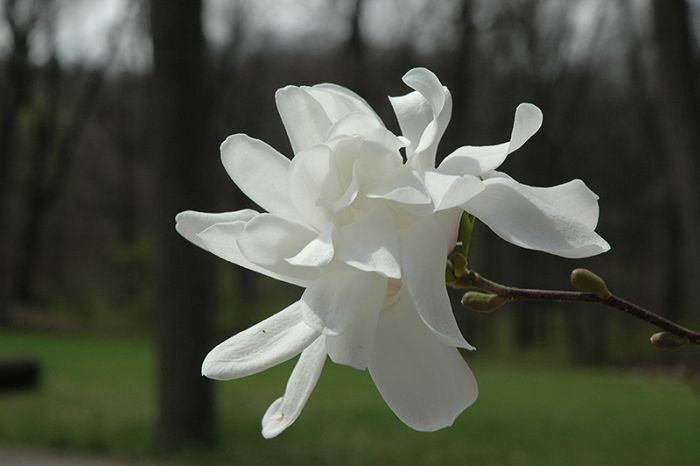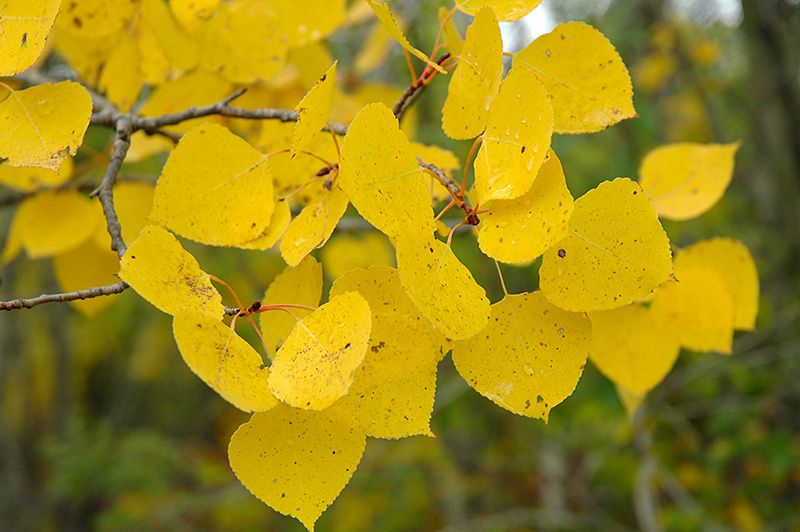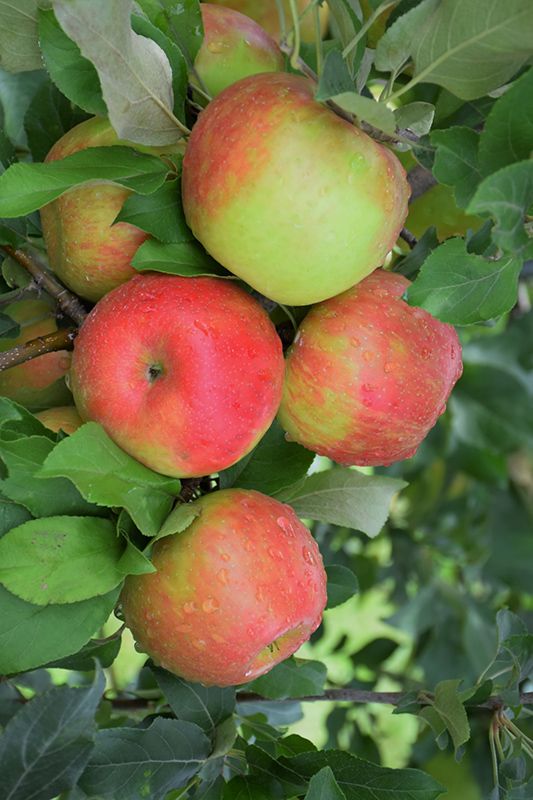Magnolia, Loebner Magnolia 'Spring Welcome®'



Out of stock
Temporarily Out of Stock- Sun Preference
- Full-Sun, Part-Sun
Description
A very hardy selection with frost tolerant spring blossoms and clean, heat tolerant foliage. Large, fragrant white flowers develop from pink buds.
Minnesota's Largest Selection of Trees
At Minnesota's Destination Garden Center, we offer a diverse range of trees to suit any landscaping need. Whether you're looking for shade trees to cool your home or ornamental trees to add beauty and interest, you'll find the perfect tree at Gertens. Our knowledgeable staff can help you select the right tree for your space and provide tips for care and maintenance. Visit Gertens today and explore the unmatched variety of trees to enhance your outdoor environment!
Details
Spring Welcome® Magnolia | Magnolia x loebneri 'Ruth'
Height: 15 feet
Spread: 10 feet
Sunlight: full sun to partial shade
Hardiness Zone: 3a
Other Names: Loebner Magnolia
Description:
A wonderful hybrid magnolia selection, known for its early spring bloom in froths of fragrant white flowers and picturesque habit of growth; fast growing and extremely hardy, flowers from a young age, excellent as a feature tree in the front yard
Ornamental Features
Spring Welcome® Magnolia is bathed in stunning fragrant white star-shaped flowers at the ends of the branches in mid spring, which emerge from distinctive pink flower buds before the leaves. It has dark green deciduous foliage. The pointy leaves turn coppery-bronze in fall. The fruits are showy green pods displayed from early to mid fall.
Landscape Attributes
Spring Welcome® Magnolia is a deciduous tree with a shapely oval form. Its relatively coarse texture can be used to stand it apart from other landscape plants with finer foliage.
This is a relatively low maintenance tree, and should only be pruned after flowering to avoid removing any of the current season's flowers. Deer don't particularly care for this plant and will usually leave it alone in favor of tastier treats. It has no significant negative characteristics.
Spring Welcome® Magnolia is recommended for the following landscape applications;
- Accent
- Hedges/Screening
- General Garden Use
Planting & Growing
Spring Welcome® Magnolia will grow to be about 15 feet tall at maturity, with a spread of 10 feet. It has a low canopy with a typical clearance of 5 feet from the ground, and is suitable for planting under power lines. It grows at a medium rate, and under ideal conditions can be expected to live for 80 years or more.
This tree does best in full sun to partial shade. It requires an evenly moist well-drained soil for optimal growth, but will die in standing water. It is not particular as to soil type, but has a definite preference for acidic soils. It is quite intolerant of urban pollution, therefore inner city or urban streetside plantings are best avoided. Consider applying a thick mulch around the root zone in winter to protect it in exposed locations or colder microclimates. This particular variety is an interspecific hybrid.
More Information
| Gerten Grown Plants | Gerten Grown Plants |
|---|---|
| Available for Pre-Order | No |
| Tree Type | Shade & Ornamental |
| Sun Preference | Full-Sun, Part-Sun |
| Mature Height (Range) | 15 - 25 feet |
| USDA Hardiness Zone | 4, 5, 6, 7, 8 |
| Common Family Name | Magnolia |







